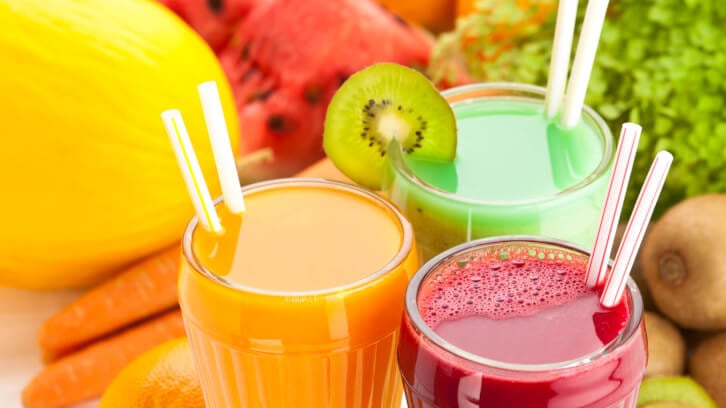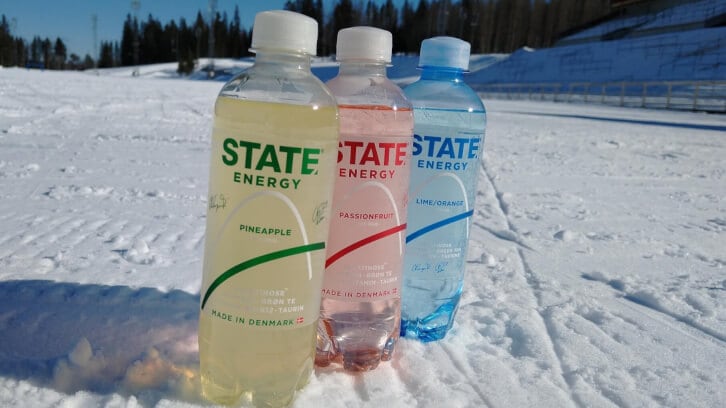According to market intelligence agency Mintel, 43% of consumers say they are more likely to try a new drink based on appealing flavors than functional benefits. And even the most dedicated functional beverage consumers are unlikely to re-purchase a drink if they didn’t enjoy the flavor experience.
So why is flavor so important – and what flavors are resonate with today’s consumers?
Flavor experience is really the immediate need for most functional beverage consumers...
First of all, flavor is a familiar and easy concept to understand – particularly in a shopping environment where decisions have to be made in a flash. That’s particularly true for consumers who are new to the functional beverage category.
“Flavor provides a sneak-peek suggestion at what is ahead; people can conceptualize it much more readily than a functional concept,” explains Adriana Chychula, Mintel’s Food, Drink & Nutrition Analyst.
“Additionally, you have to consider that many of these are likely an occasional treat or impulse purchase rather than parts of consistent routines. We all know the importance of consistency when it comes to health - one super-salad won't make a difference if the rest of your diet is fast food.
“In this way, even in the absence of consistency required to see potential results from functionality, flavor can still meet an immediate need: flavor experience.”
Today’s functional beverage consumers report high engagement with hydration claims and drinks with added vitamins and electrolytes over more niche functions and ingredients. These are human needs that need to be met regularly, so have a lower barrier to consistent engagement.
That means that flavors that feel refreshing are likely to offer instant appeal to consumers – regardless of what other functional attributes they might be interested in.
And top of mind should always be that the flavor needs to be clean and enjoyable – not the underwhelming taste and strange mouthfeel that can often be associated with functional drinks.
“At the end of the day, consumers are driven first and foremost by flavor experience,” said Chychula. “Functional offerings become a secondary appeal to justify that craving for refreshment satisfaction. Even among the most wellness-dedicated, if you have to suffer through an experience, you're less likely to repeat it.”
‘Flavor and function need to work together’
The answer, of course, is to create a drink with both a strong functional proposition and an appealing flavor profile – but this needs to be carefully thought out, tried and tested.
Mintel’s research shows that 43% of consumers (who are already familiar with the functional beverage category having tried beverages with at least one functional claim) say they are more likely to try a new drink based on appealing flavors than functional benefits.
Naturally, the percentage that agrees they are more likely to try a new drink based on flavor over function shifts according to the consumer.
In fact, in Mintel’s Trending Flavors & Ingredients in Non-Alcoholic Beverage Report, 30% of consumers said that drinks featuring appealing functional claims have led them to try new flavors – again suggesting that flavor and function go hand in hand in creating a successful product.
“Within the functional beverage space, if flavor is what tempts consumers but functionality is what differentiates products, then flavor and function need to work together,” says Chychula.
“There's this idea of purposeful ingredients that characterizes the functional innovation space.
"A smart approach is to find ingredients that are well-known and have an understood flavor profile (e.g. blueberries) and broadcast their functionality (e.g. antioxidants, cognition).
"Consumer recognition is a huge component of this.
“Once you have that base ingredient, you can layer on top of it to make it more dynamic and interesting enough to secure that whim purchase.
"That one impulse buy breaches the initial hurdle of brand recognition, which is huge in securing a second purchase."
The combination of familiar and unfamiliar is a common theme throughout the beverage industry (Coca-Cola's sparkling water AHA, for example, has made this a central tenet of its brand).
And that's backed up by Mintel's research: which found that while novel flavors provide an element of excitement, combining these with recognizable flavors helps make them more approachable to consumers (46% say recognizable ingredients are important when trying new drinks; while 40% say that trying new flavors/ingredients is less intimidating when they are paired with familiar flavors).


